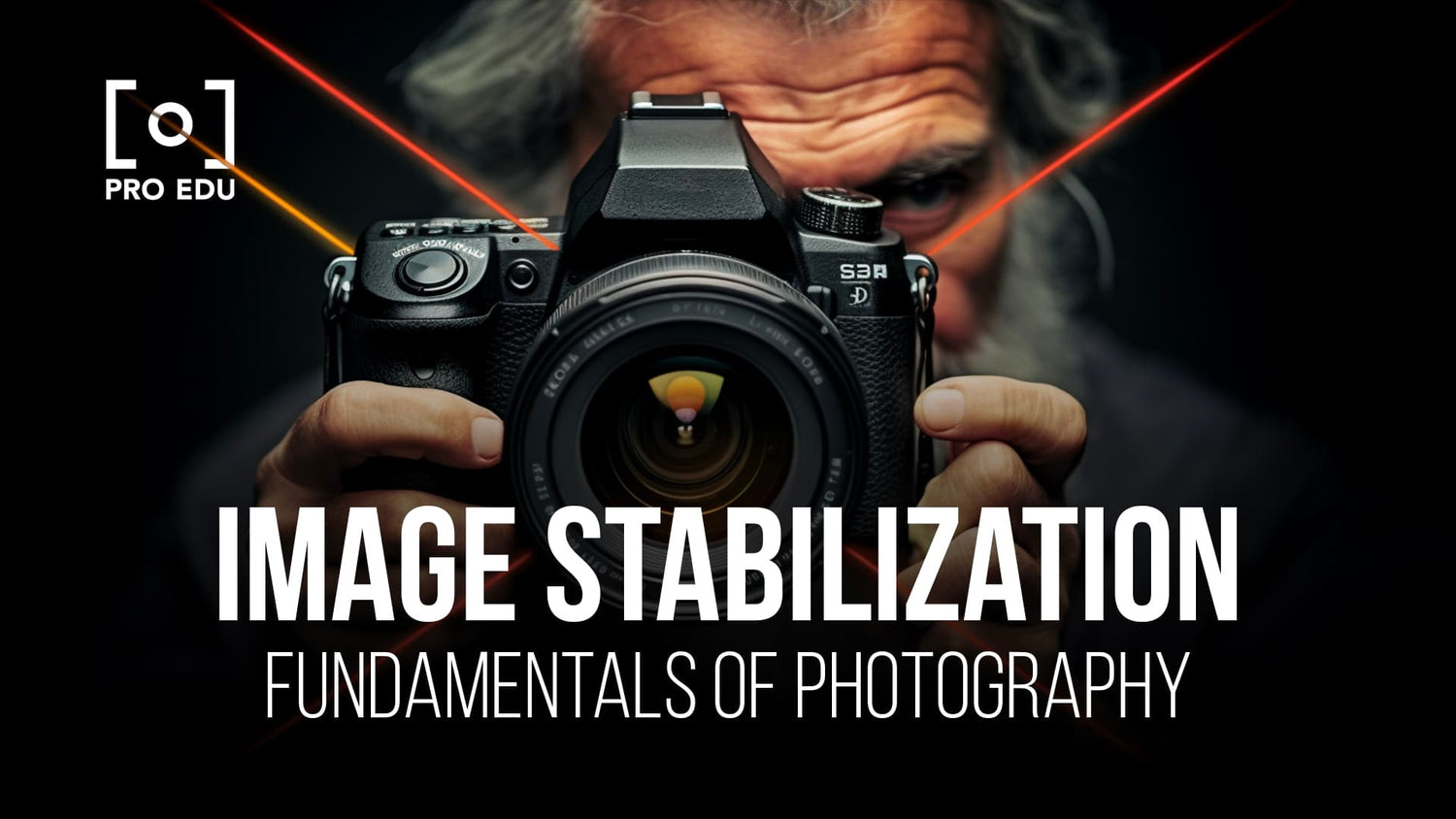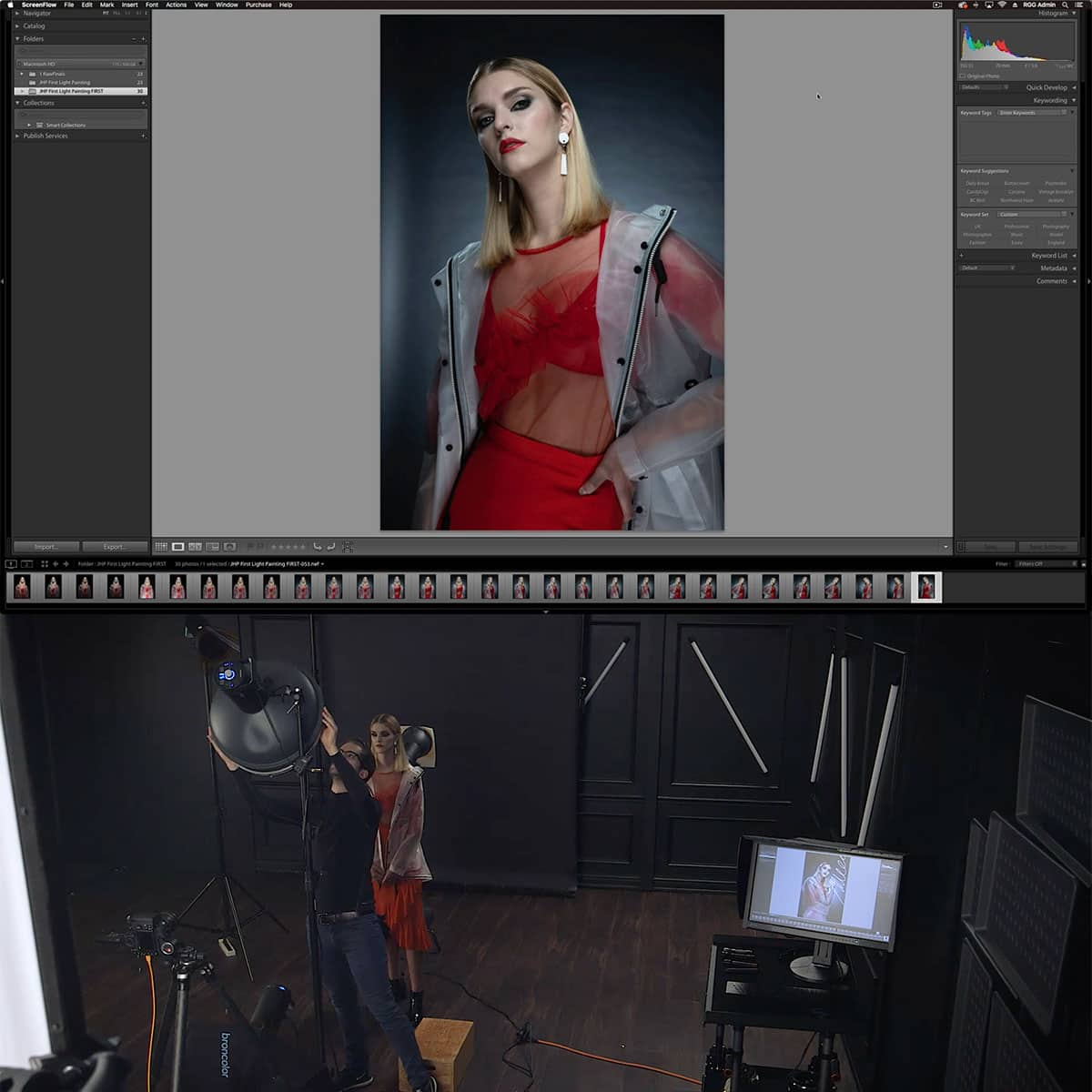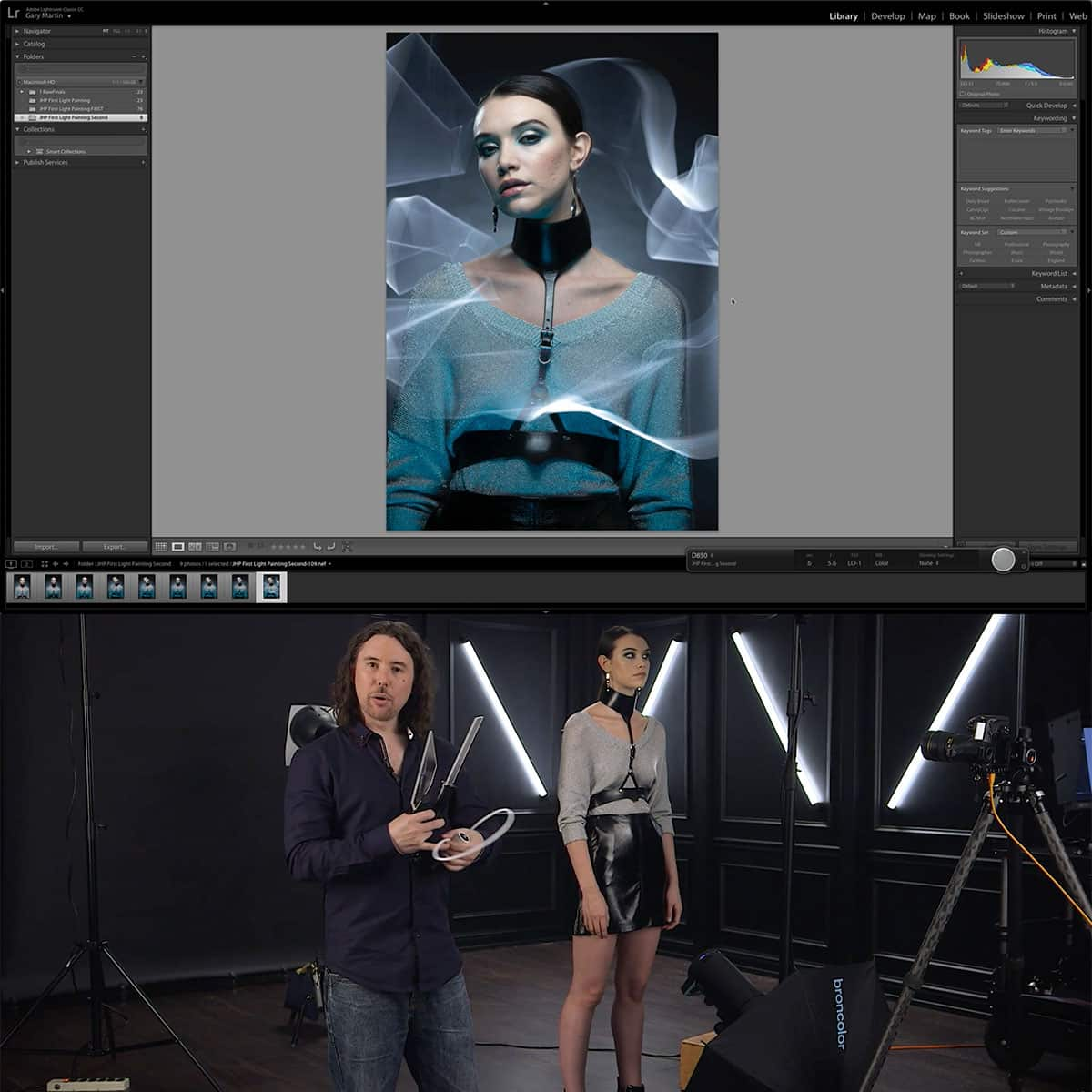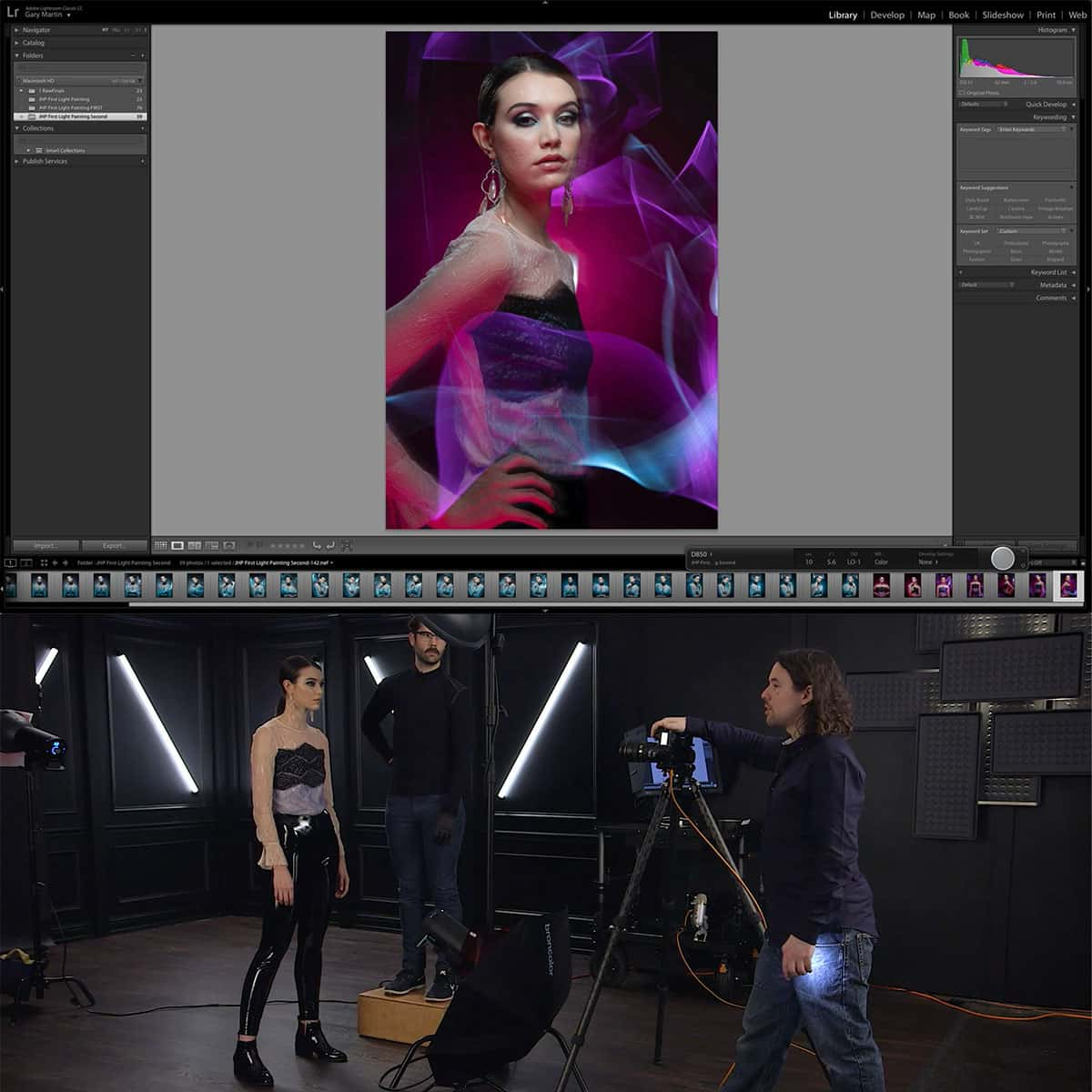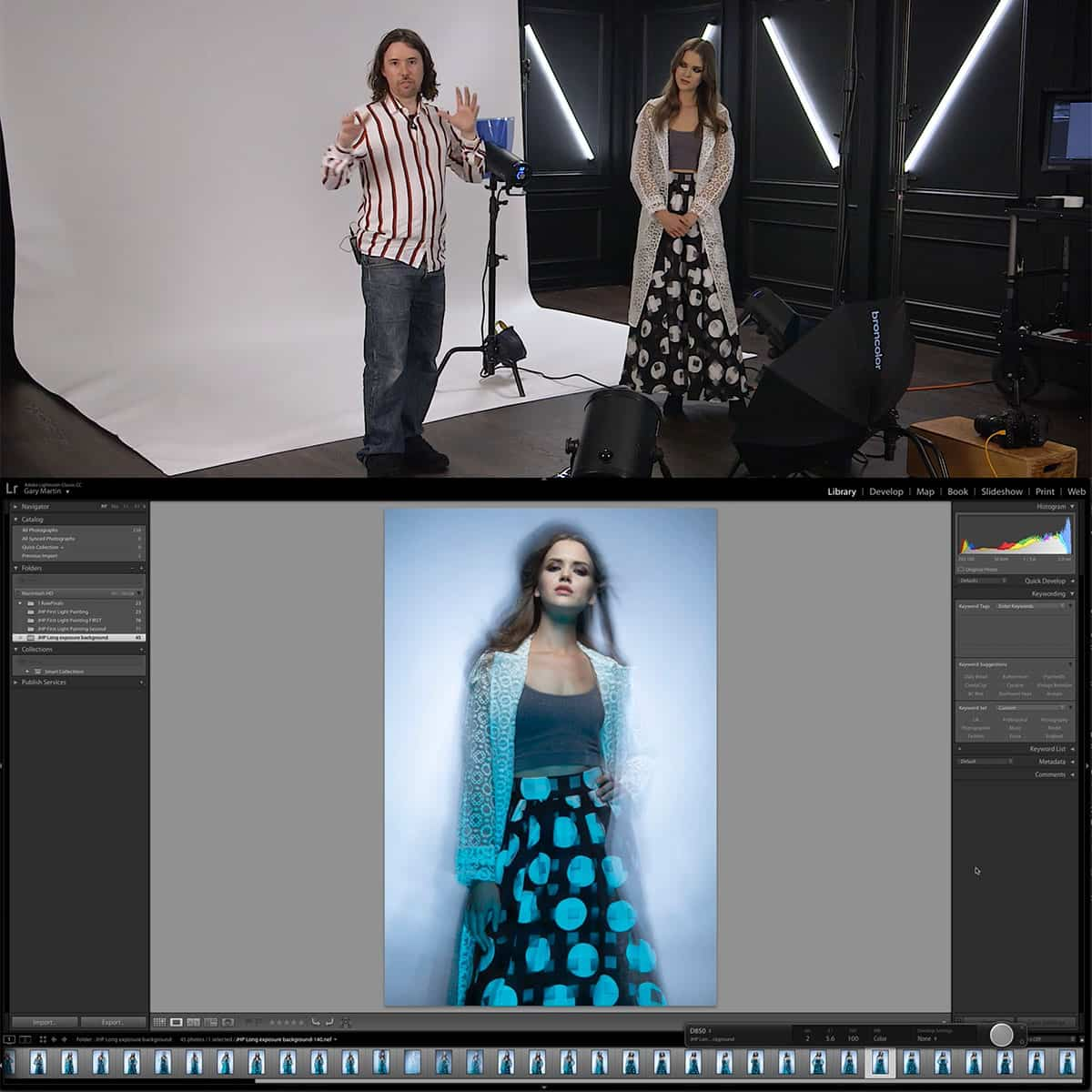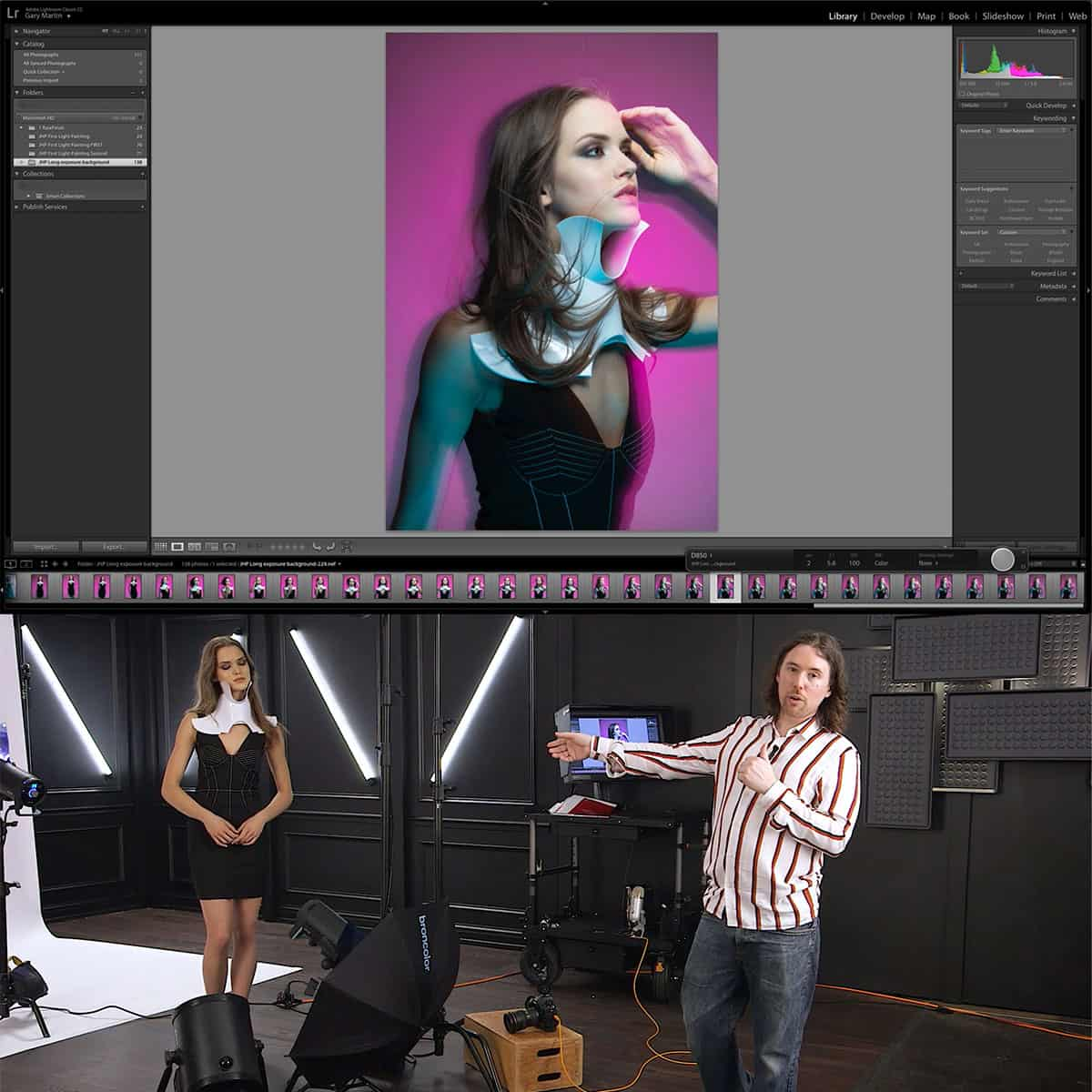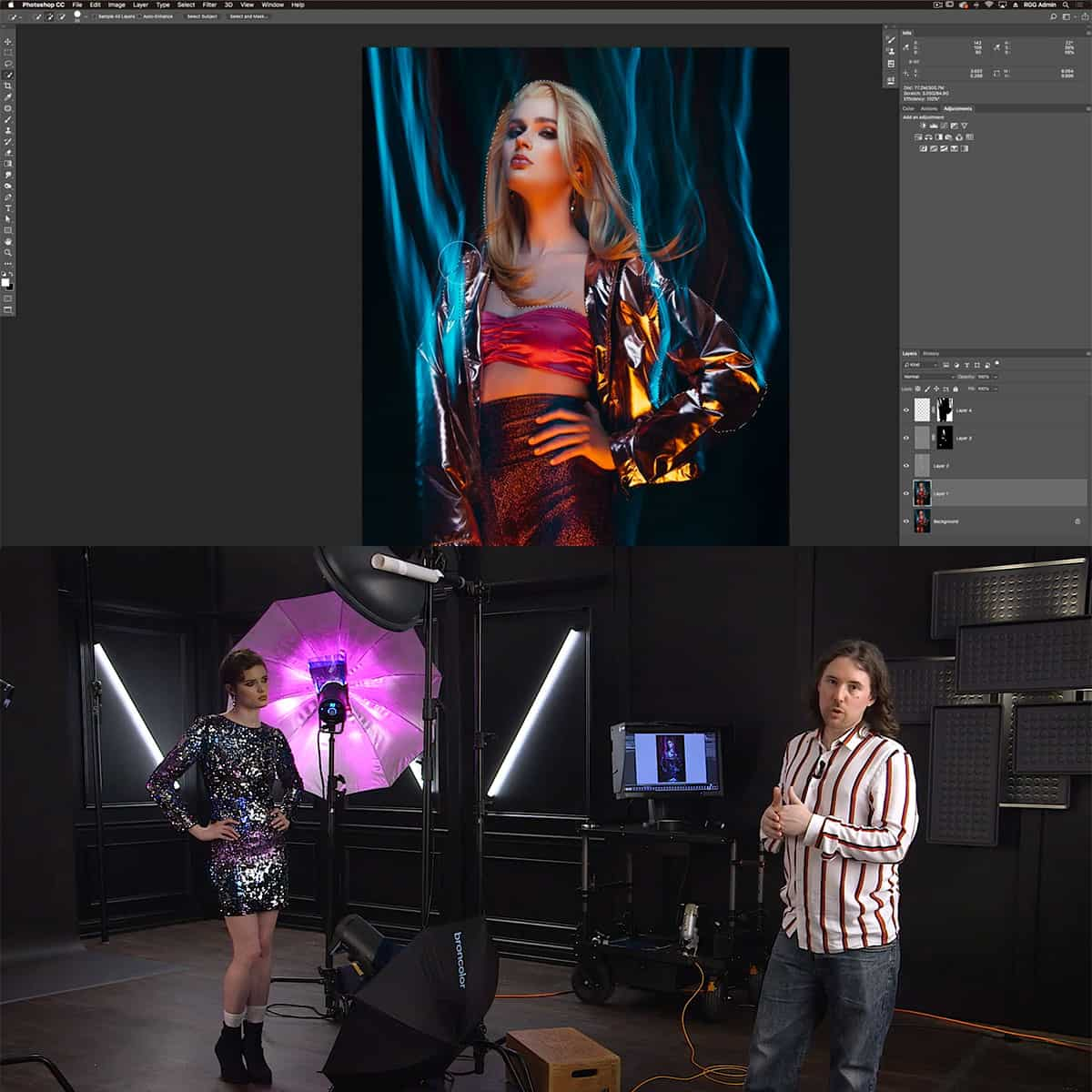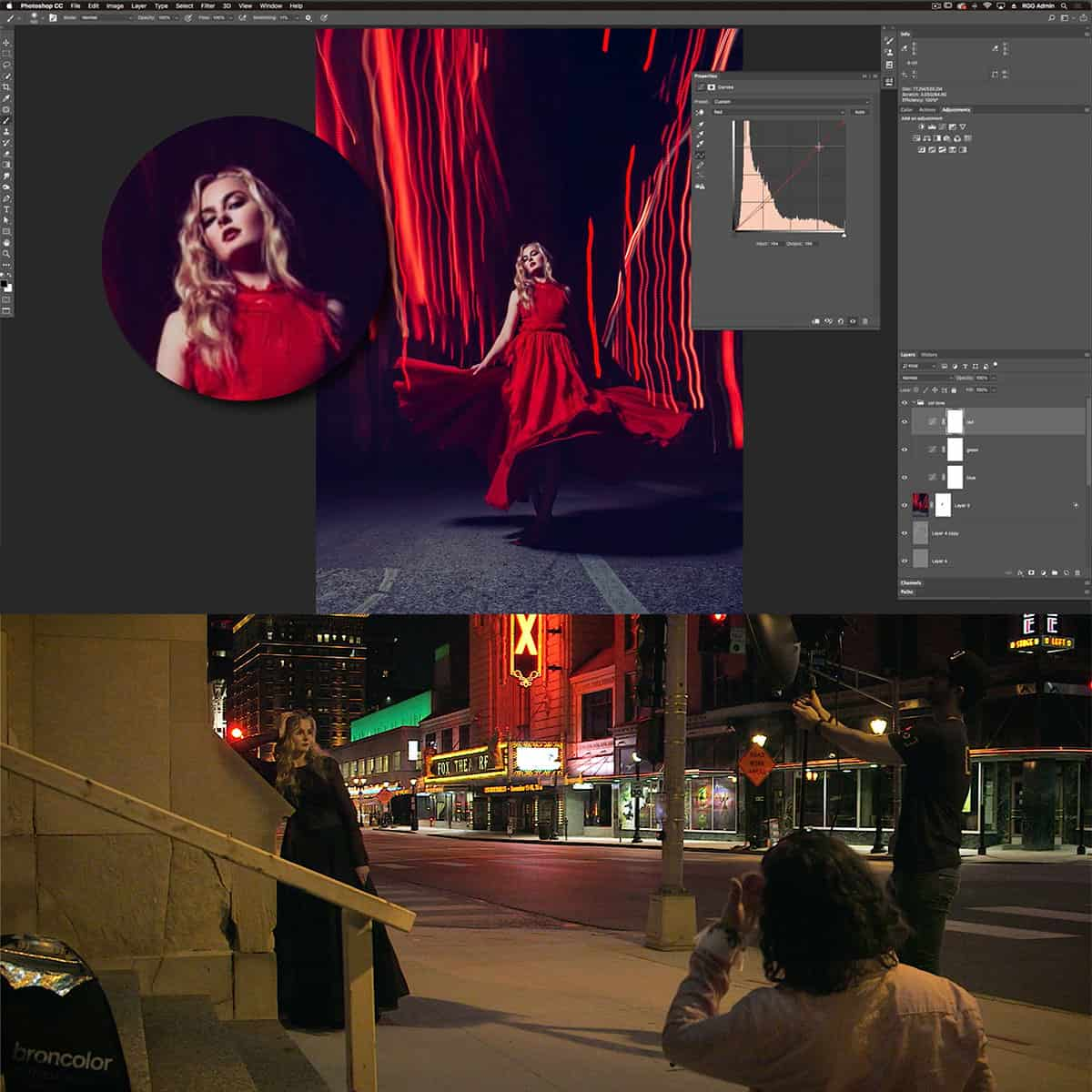Image Stabilization in Photography: Mastering Blur-Free Photos
Image stabilization is a crucial component in capturing steady, sharp photographs. By minimizing the effects of camera shake, it allows photographers to achieve crisp images, especially in challenging lighting conditions or when using long lenses. Various technologies, such as vibration reduction, optical steady shot, and other systems, are designed to help photographers tackle this common challenge effortlessly.
Understanding the different types of image stabilization, from optical to electronic or sensor-based, is essential for photographers looking to improve their work. These techniques can be applied to various photography styles, from sports and wildlife shots to low-light scenarios, ensuring that every photograph comes out looking its best.
Key Takeaways
- Image stabilization helps photographers capture sharp images by reducing camera shake.
- Different types of stabilization techniques cater to various photography styles and conditions.
- Gyroscopes and microprocessors contribute to the efficiency of image stabilization systems.
Understanding Image Stabilization
Image stabilization, also known as vibration reduction or Optical SteadyShot (OSS), is a technology that helps photographers capture sharp images in challenging or low-light situations. There are different types of image stabilization (IS) systems, such as in-body image stabilization (IBIS), optical image stabilization (OIS), digital stabilization, and electronic image stabilization (EIS).
One popular IS system found in cameras is the in-body image stabilization or sensor-shift stabilization. This system works by moving the camera's sensor to counteract the movement of the camera, reducing blur caused by camera shake. By contrast, lens-based stabilization or optical stabilization (OS) works by adjusting the lens elements within the camera lens to maintain a steady image.
In addition to devices with built-in systems, there are also lens-based stabilization systems. These lenses often feature their own stabilization systems, providing an extra layer of assistance in reducing camera shake. Combining a camera with an in-body stabilization system and a lens with optical stabilization can enhance image steadiness even further.
Though generally effective, digital image stabilization and electronic image stabilization are less preferred methods. This is because they rely on software post-processing to correct camera shake instead of directly stabilizing the optics or sensor. This can result in lower image quality or potential loss of detail in the final output.
Ultimately, understanding the different types of image stabilization systems available can help us choose the appropriate camera or lens for our photography needs. In doing so, we will be better equipped to capture steady shots in a variety of situations.
Equipment and Image Stabilization
When it comes to photography, image stabilization plays a crucial role in capturing clear and steady shots. A variety of equipment can help with this, such as cameras, lenses, and tripods. In this section, we will explore how these tools contribute to better image stabilization.
Many DSLRs and mirrorless cameras come with built-in image stabilization features, allowing photographers to take sharper photos at low shutter speeds. Brands like Sony, Nikon, and Canon offer cameras that utilize this technology. Mirrorless cameras benefit from in-body stabilization while many DSLRs use stabilization in their lenses.
The lenses you use also impact image stabilization. Telephoto lenses and zoom lenses may require better stabilization due to their extended focal lengths. Some camera lenses come with built-in image stabilization, such as Canon's IS lenses and Nikon's VR lenses. These help reduce blur and camera shake, especially at slower shutter speeds.
In addition to the camera body and lenses, tripods play a vital role in achieving steadier shots. When using a tripod, it is essential to switch off the image stabilization feature in your equipment, as the tripod provides a stable foundation.
Be mindful of the type of equipment you use with image stabilization, including optical viewfinders in DSLRs and mirrorless cameras' electronic viewfinders. Take note of your camera's capabilities and the features available in your lenses to best utilize image stabilization and achieve the steadiest shots possible.
Identifying Camera Shake and Reducing Its Effects
Camera shake is a common issue that can lead to blurry images and a loss of detail in your photographs. This problem often occurs when the camera's movement during the exposure time is significant enough to affect the image quality. One of the primary ways to combat this issue is to use a fast shutter speed. The faster your shutter speed, the less likely it is that camera shake will result in blur.
When shooting with telephoto lenses, camera shake becomes more apparent. Therefore, it is crucial to properly support the lens and camera body. Utilizing a tripod or monopod can help stabilize your equipment, particularly in low light situations. Additionally, many modern lenses and cameras offer built-in image stabilization features such as Vibration Reduction (VR), Shake Reduction (SR), or Vibration Compensation (VC).
Another technique to minimize camera shake is to practice proper handholding techniques. Holding the camera steady and maintaining a firm grip on both the camera body and lens can help to reduce any unwanted movement. In low light situations where a longer exposure is necessary, we suggest using a remote shutter release or the camera's self-timer to further minimize shake.
For those with interchangeable lens cameras, consider investing in lenses with built-in image stabilization or camera bodies with In-Body Image Stabilization (IBIS). These systems use gyroscopes to detect and counteract camera shake, further improving image sharpness in situations where handholding the camera is necessary.
By employing these methods and selecting the proper tools, you can effectively reduce the impact of camera shake in your photography, leading to sharper, higher-quality images.
How Gyroscopes and Microprocessors Contribute to Image Stabilization
Gyroscopic sensors play a crucial role in image stabilization by detecting even the slightest movement in the camera. Combining this motion detection with the use of microprocessors, the image stabilization system can rapidly counteract camera shake. This helps in capturing steadier photos and videos.
The gyroscopes are responsible for measuring the angular rate or rotational motion on one or multiple axes. Once the motion is detected, the data is sent to the microprocessor. This component calculates the necessary adjustments to stabilize the image, using advanced algorithms.
To achieve stabilization, the system processes the data from the gyroscopic sensors, and the microprocessor takes corrective action. For lens-based stabilization, this involves moving internal optical elements. In contrast, for sensor-based stabilization, this means shifting the camera sensor itself. These adjustments help minimize camera shake, resulting in cleaner, sharper images.
We must always remember that no system is perfect and image stabilization can't correct extreme movements. However, it's worth noting that this technology has made significant strides in enhancing the quality of our photography. For example, gyro-guided deep optical image stabilizers have been developed to further improve alignment on OIS cameras 1.
Image Stabilization Techniques and Its Application
There are various techniques used to achieve image stabilization, producing sharp images in photography. One technique is the floating lens element system, which compensates for camera shake by moving a lens element inside the optics. This method is particularly useful for lenses with image stabilization built-in, ensuring high image quality even in difficult conditions.
Panning is another important technique for capturing images with motion blur. When photographing a moving subject, such as a bird, we move the camera in sync with the motion, maintaining the subject in focus while the background appears in motion. This is often done using slow shutter speeds to create a sense of speed in the shot.
In still photography, we generally aim for sharp shots. However, sometimes motion blur can be used creatively. To achieve motion blur, we can use slow shutter speeds, which allow more light into the camera sensor, generating a sense of movement. On the other hand, fast shutter speeds freeze the motion, producing crystal-clear images.
Image stabilization can also be achieved using an active mode, which is commonly found in smartphone cameras. This mode uses sensors and software to identify the movement and adjust the camera settings accordingly. It is especially useful for capturing videos, as it helps maintain smooth autofocus and reduces unwanted shaking.
Frequently Asked Questions
What are the main types of image stabilization?
There are two primary types of image stabilization: lens-based and in-body stabilization. Lens-based stabilization, often referred to as Optical Image Stabilization (OIS), is built into the camera lens. In-body stabilization, known as Sensor-shift Image Stabilization, is a feature found in the camera body itself.
How does a lens-based stabilizer work?
In a lens-based stabilizer, gyroscopic sensors detect camera shake and adjust the optical elements within the lens to counteract the movement. This helps maintain a sharp image on the camera's sensor, reducing the impact of any shake during exposure, allowing for steadier shots.
Can image stabilization improve low-light photography?
Yes, image stabilization can significantly improve low-light photography. By counteracting the effects of camera shake, we can use slower shutter speeds to capture more light without increasing the risk of blurred images. This helps us get clearer, sharper images in dimly lit environments.
When should I turn off image stabilization?
We should turn off image stabilization when using a tripod, as the stabilization system may create unnecessary movement when the camera is already secured on a stable surface. Additionally, in some cases of very fast action, turning off image stabilization might help to ensure a faster response from the camera's autofocus system.
How does in-body stabilization differ from lens-based stabilization?
In-body stabilization works by moving the camera's sensor to counteract camera shake, while lens-based stabilization adjusts the optical elements within the lens. In-body stabilization has the advantage of working with any lens attached to the compatible camera body. In contrast, lens-based stabilization is only available in specific lenses equipped with the technology.
How effective is image stabilization for sports and action shots?
Image stabilization can be helpful for sports and action shots in certain situations, especially when using longer focal lengths. However, the effectiveness can vary depending on the type and extent of movement captured. In some cases, using a faster shutter speed may be a better choice to freeze the action and reduce the risk of motion blur.


